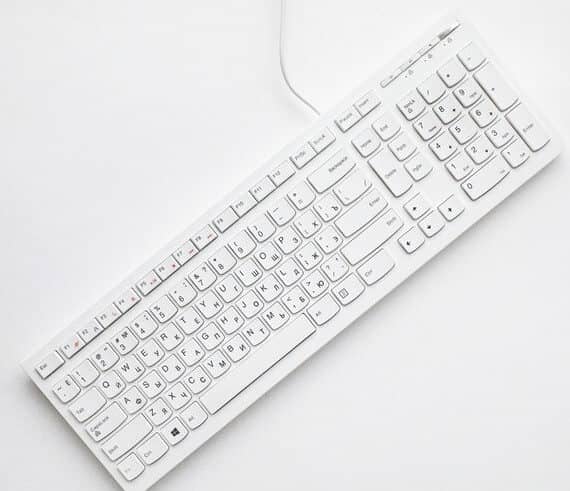The Legacy of QWERTY
March 7. 2020 0 Comments
- Posted in:
- Interesting Facts

Moveable type revolutionized the world. No longer did books and bulletins need to be hand written or formed from a single press plate. Information and entertainment could be obtained much easier, but only those with a press or the means to hire one could transmit that information. This changed with the invention of the typewriter. Now, as long as someone had the means and the wits, they could produce their own material for the masses. Once again, the world of writing and information changed forever.
The concept of the typewriter
The concept of the typewriter was patented in Great Britain in 1714, but production did not start until 1808. Though the first early typewriters have been lost to time, the letters produced with it remain. Thanks to typewriters, those who could were now able to writer actually legible letters.
These early contraptions varied by manufacturer and country of origin. The first major typewriter to enter the business was the Sholes & Glidden Type Writer. Which first saw production in 1873 and made its way to America in 1873. This was the typewriter that introduced the now widely used and nearly ubiquitous QWERTY keyboard setup. Rather than based on any early typing classes or methodology, the design arose to prevent the various parts of the device from clashing or jamming.
Typewriters can be really fiddly contraptions, as it turns out, filled with grease, ink, and lots of intricate little clacky parts. Since the key layout was now standardized, in that the main companies producing the devices were the ones making it so, it wasn’t long before the first typing classes followed.
These first typing classes were actually formed by the typewriter companies themselves to promote the new product. Such classes grew to become a part of education, even formal education, into the 1960’s. To this day speed typing courses are taught for professionals. The rest of us make do with hunting and pecking like robins in the spring.
At the time, the QWERTY system was called the universal system, even though this was not the case. Competing typesets did exist, and some even found a way to avoid the jamming issue. The Hammond typewriter is a good example of this. Developed in 1884, the double rowed, curved keyboard is not what most people think of when they see a typewriter. The device had its fans, and it wasn’t the only alternate layout. The most minimalist and clearly German build Blichensderfer had the typing parts and not much else.
As for the layout of the keys, rival systems developed as typewriters continued to spread across the globe. One of the more common alternative layouts is the Dvorak system. This system came about in the 1930’s. Developed by August Dvorak, the layout seeks to make typing more natural and faster than with the QWERTY system. Those fans consider the older layout a relic of the nineteenth century, and they are not the only ones.
A popular layout for French speakers is the AZERTY layout, which also came about in the nineteenth century like the QWERTY pad. Colemak, using QWFPGJ in the same spots as QWERTY, is supposedly a lot easier on the fingers, but could luck finding anyone who has heard of it before. For Cyrillic languages, JCVKEN, as it translates, is popular for such countries using such a language, like Russia. Dvorak, meanwhile, has “<>PYF where QWERTY would normally rest.
Thanks to production and marketing, not mention old fashioned muscle memory, it looks like the QWERTY pad is here to stay. It may not be the fastest or the easiest layout to use, but it is the one most of us are used to working with.
